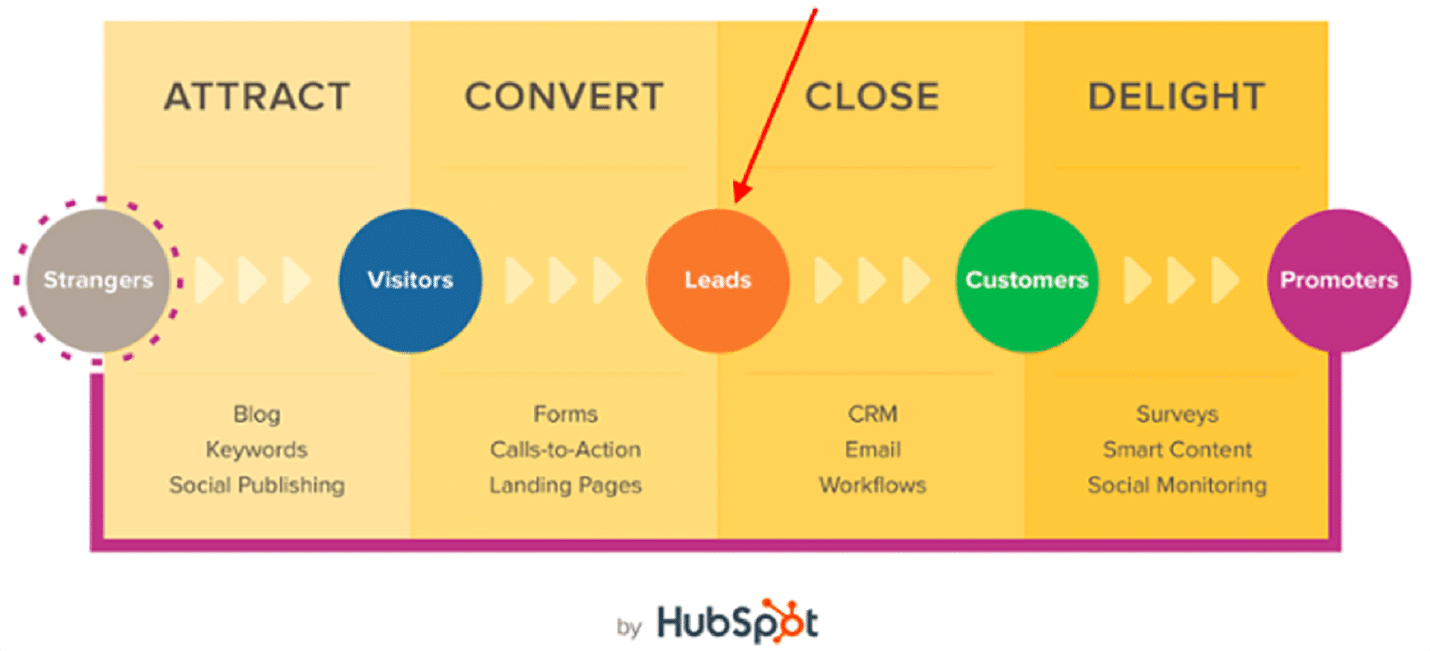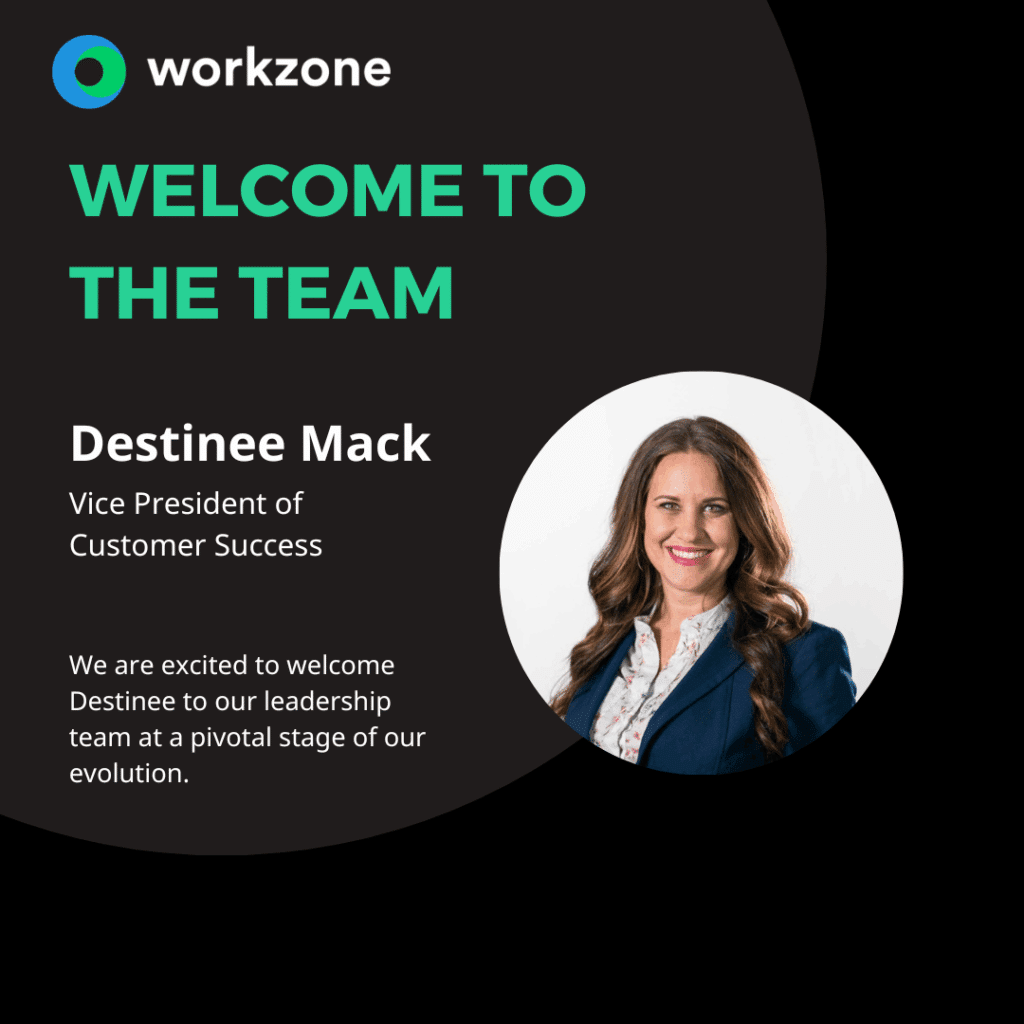Automated Higher Education Marketing: You’re Doing it Wrong

Higher education institutions have in recent years been spending more time and money on digital marketing, which is a good thing because traditional marketing is just “obsolete.” With everyone skipping TV ads and not many people interested in newspaper and magazine commercials, putting your ads there would be a big waste of time.
The problem, however, is that digital marketing itself doesn’t seem to be bearing the fruits most high education marketers hoped for. A September 2017 survey by a popular digital marketing company found that 56% of higher education institutions were struggling badly with their digital campaigns, with a good number having nothing to show for their efforts.
So, what could be the reason? Why does digital marketing seem to be working for all other industries except higher education?
It’s simple – higher education marketers have got it all wrong with their digital campaigns. The following are just seven of the most common mistakes higher ed digital marketers make that can seriously hurt your campaign.
1. Email overkill
How many emails does your college or university marketing team send monthly? How many emails do you send to each contact on your list? How often do you send the emails? When exactly do you send the emails?
These are some of the questions you need to ask about your email campaign because apparently, most higher education marketers have made email their only avenue for communication. Whenever you want to check up on a lead, you compose a message and drop it in their inbox – full stop.
This isn’t how digital marketing is supposed to work. There are many other communication platforms you can use to reach your leads and focusing on just email is both boring and a sure way to fail. So, how about you start by rethinking your emailing tendencies?
2. Ignoring the inbound approach

This is another big one. Most higher education marketers simply put their ads on the internet, publish content, and hope that people will come running to their institutions. Well, that doesn’t happen in digital marketing. With competition so stiff, you need to embrace the term “inbound marketing” if you’re to succeed.
Simply put, inbound marketing is a strategy designed to help marketers find customers and keep them within the loop for as long as possible. As depicted in the image above, the strategy involves four steps: attraction, conversion, closing, and delighting. You can learn more about it from HubSpot.
If used well, inbound marketing has the potential to not only get you new leads but also help you retain your best customers.
3. Not optimizing for mobile
There are many mistakes you can be forgiven for, but failure to optimize your content for mobile isn’t one of them. If you still don’t have a mobile-optimized site and don’t optimize your content for the mobile site, you’re doomed to fail.
The reason is simple – your target audience is primarily on mobile. Higher education mostly markets to people who were born in the 90s and early 2000s. These are people who were born with mobile phones and currently carry their expensive smartphones everywhere they go. If they are going to read anything, they will be reading it on mobile.
The good news is – mobile optimization, though a bit complicated, can be done pretty fast. Just find a good web developer to create your mobile site or optimize your current site for mobile. You’ll see an instant bump in your traffic.
4. Failing to measure
The biggest difference between digital marketing and conventional methods of marketing is that digital campaigns can be measured. By failing to measure your progress, you’re essentially missing out on the biggest perk of digital campaigns.
The metrics to measure will depend on a host of factors. But, at a bare minimum, most businesses and organizations want to know the amount of traffic they get daily and monthly. You’ll also want to know the sources of this traffic. Are they coming from social media, search engines queries, direct searches, or referrals? You may also want to know what percentage of your traffic you’re converting and each channels contribution.
In short, there are so many things you can measure to improve your digital marketing campaign. If just you’re getting started, use the chart above to determine your most important metrics.
5. Sucking on social media
Let’s begin by congratulating colleges, universities, and other higher education institutions for embracing social media. There are not many higher education institutions that don’t have at least a Facebook account.
That said, higher education is perhaps the poorest sector when it comes to maintaining a strong social presence. In most cases, the institution just creates a Facebook account and goes back to other business.
If you want to get traffic from your social media marketing; if you truly want to get leads from your social networks, you need to start being social on social media. Make sure you’re on the platforms young people like such as Instagram and Pinterest. Make sure you’re posting content frequently, initiating discussions, and actively engaging your fans. Most importantly, ensure that you have the right social media marketing tools for the job.
6. Targeting done all wrong
This is a mistake a lot of digital marketers make, so higher education marketers are not alone here. You create content and ads, and publish them on various platforms on the internet, unaware that the type of message you’re putting out there doesn’t appeal to your target audience at all.
You can’t keep doing this. Otherwise, you’ll be wasting all your resources. You need to realize that there is a type of message that excites your target audience. There is also a type of message that won’t get their attention completely.
One way to get around this is to use buyer personas for your marketing. You can even create multiple buyer personas if need be. Just make sure the persona’s profile mirrors that of your ideal customer. This will help you develop more focused marketing messages.
7. Weak content marketing campaigns
Finally, higher education marketers have also been criticized for being casual with their content marketing campaigns to the point where most of their campaigns have become weak, unfocused, and almost irrelevant.
Content marketing has come a long way. Gone are the days when keywords were the heartbeat of any content campaign. Today, you could fill up your blog with just your keywords, and instead of Google rewarding you for it, the blog could instead be suspended.
You need to embrace this evolution. You need to start having the long form vs. short form content debate, think about content aggregation sites, and narrow down to niche topics so you can provide greater value for your readers.
Evolve or die a slow and painful death
Marketing departments that make these mistakes are bound to fail irrespective of your digital marketing budget.
If you want to start reaping the rewards of your efforts, begin by revisiting your targeting strategy and do whatever it takes to keep track of Key Performance Indicators (KPIs) for your campaign. Then, optimize your entire campaign for mobile phones and tablets, work on your social media and content marketing, and round off by employing the inbound strategy to attract, convert, close, and retain customers.

Vigilance Chari currently covers tech news and gadgets at LaptopNinja. She is an International presenter and published author. When not writing, she spends her time as an enthusiastic professional party planner and part-time painter.
Last updated on June 5, 2025




